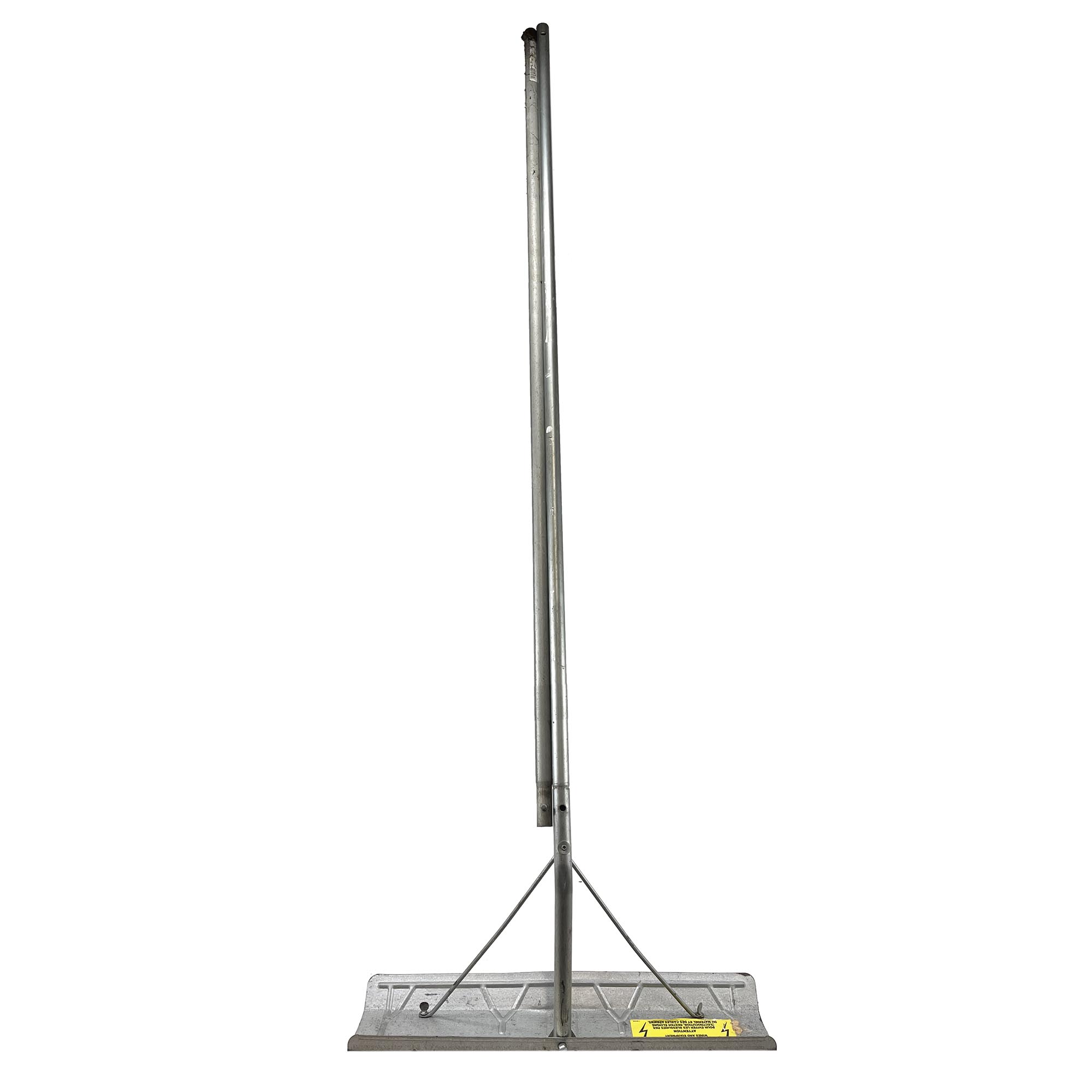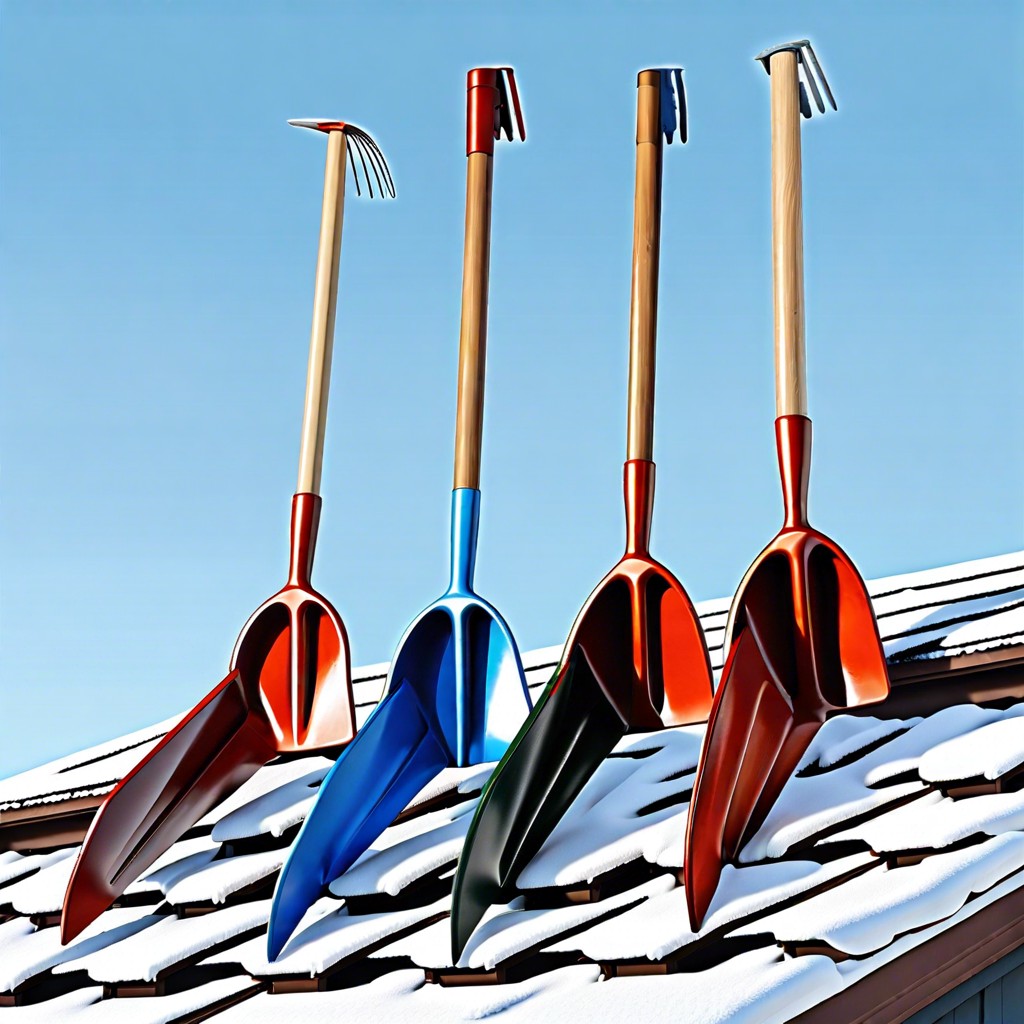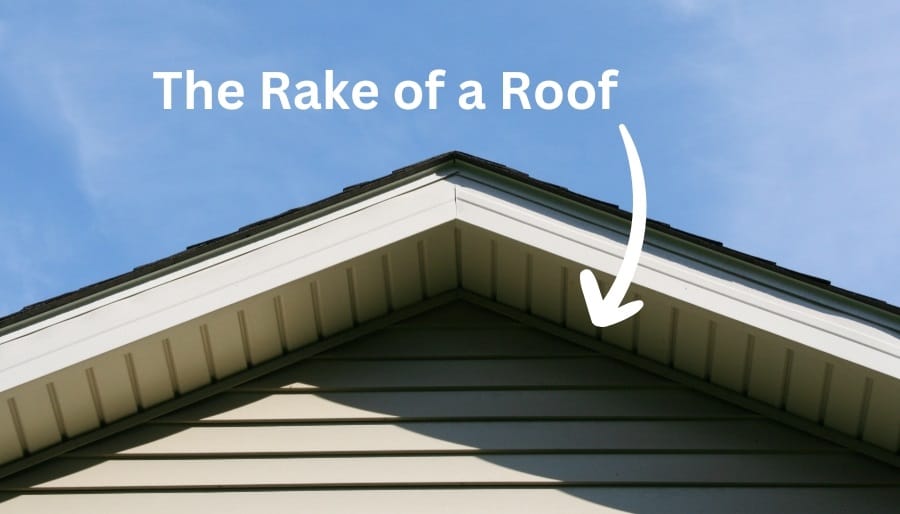What Is The Rake Of A Roof? Unraveling The Basics And Beyond
Roofing might seem like a straightforward concept, but there's more to it than meets the eye. If you've ever stumbled upon terms like "roof rake" or wondered what the heck it even means, you're definitely not alone. The rake of a roof plays a crucial role in both aesthetics and functionality, so understanding it can make a huge difference in your next home improvement project. Whether you're a homeowner, a contractor, or just someone curious about roof design, this article is here to break it all down for you.
Now, let’s get real—roofs aren’t just there to keep the rain out. They’re also about structure, design, and even energy efficiency. The rake of a roof is one of those key elements that can affect how your roof looks and performs. But what exactly is it? Stick around because we’re diving deep into this topic and making sure you walk away with all the answers you need.
From defining the rake of a roof to exploring its importance, we’ll cover everything from the ground up. This article isn’t just about throwing around jargon—it’s about equipping you with practical knowledge that you can use in real-life situations. So, let’s jump right in and make sense of those tricky roof terms!
Read also:Tiger Screaming At Monkey The Untold Story Behind The Roar
Understanding the Basics of Roof Rake
Alright, let’s start with the basics. When someone talks about the rake of a roof, they’re referring to the sloping edge of the roof that runs vertically from the eaves to the ridge. Think of it as the "side" of your roof where the angle meets the wall of your house. It’s like the finishing touch that ties everything together.
Why does this matter? Well, the rake adds structural stability and helps direct water away from your home. It also gives your roof that polished, finished look. Without a properly designed rake, your roof might look incomplete or even compromise its performance.
What Makes the Rake Important?
Let’s break it down—here are a few reasons why the rake is so important:
- Water Management: The rake helps channel water away from your walls, preventing leaks and water damage.
- Aesthetic Appeal: A well-designed rake can enhance the curb appeal of your home, making it look sleek and polished.
- Structural Integrity: The rake supports the roof structure, ensuring it can withstand weather conditions like wind and snow.
- Energy Efficiency: A properly angled rake can improve insulation and ventilation, contributing to better energy efficiency.
See? The rake isn’t just some random part of your roof—it’s a key player in the whole roofing system. Let’s dig a little deeper into how it works and why it matters.
How is the Rake of a Roof Measured?
Measuring the rake of a roof involves understanding its slope or pitch. The pitch is typically expressed as a ratio, like 6:12, which means the roof rises 6 inches for every 12 inches of horizontal distance. But how does this relate to the rake?
The rake follows the same pitch as the main roof surface. So, if your roof has a pitch of 6:12, the rake will have the same angle. This consistency ensures that water flows smoothly and doesn’t get trapped anywhere.
Read also:Rinck Herbert The Rising Star Whos Making Waves In The Digital World
Tools You’ll Need to Measure the Rake
Measuring the rake doesn’t have to be complicated. Here are the basic tools you’ll need:
- A ladder (make sure it’s secure!)
- A level
- A tape measure
- A pencil or marker
Once you have these tools, you can climb up to the rake and measure the rise and run. Just remember to stay safe and ask for help if needed!
Types of Roof Rakes: Which One is Right for You?
Not all roof rakes are created equal. Depending on your home’s design and climate, you might choose one type over another. Here are some common types of roof rakes:
1. Closed Rake
A closed rake is enclosed by fascia boards, giving it a clean and finished look. This type of rake is great for homes in areas with harsh weather because it provides extra protection against wind and moisture.
2. Open Rake
An open rake exposes the rafters, creating a more rustic or modern aesthetic. While it looks cool, it might require additional maintenance to keep debris and moisture out.
3. Flush Rake
A flush rake sits flush with the exterior wall of the house, creating a seamless transition between the roof and the walls. This design is often used in contemporary architecture.
4. Extended Rake
An extended rake extends beyond the wall, providing extra shade and protection. It’s a popular choice for homes in sunny climates.
Choosing the right type of rake depends on your home’s style, climate, and personal preferences. Don’t worry—we’ll help you figure it out later!
The Role of Roof Rake in Home Design
Roof rake isn’t just about functionality—it’s also about design. The rake can completely transform the look of your home, adding character and charm. Whether you’re going for a traditional, modern, or eclectic style, the rake plays a big role in achieving that aesthetic.
For example, a steep rake can give your home a dramatic, castle-like appearance, while a shallow rake creates a more understated look. It’s all about finding the right balance between form and function.
Design Tips for Your Roof Rake
Here are some design tips to consider when choosing or modifying your roof rake:
- Match the rake style to your home’s architecture.
- Consider the climate and weather conditions in your area.
- Think about maintenance—some rake designs require more upkeep than others.
- Don’t be afraid to mix and match styles for a unique look.
Remember, your roof rake is an opportunity to express your personal style while ensuring your home stays protected. It’s a win-win!
Common Issues with Roof Rake and How to Fix Them
Even the best-designed roof rake can run into issues over time. Here are some common problems and how to fix them:
1. Water Leaks
Leaky rakes are a common issue, often caused by damaged flashing or improperly installed shingles. The fix? Inspect the rake regularly and replace any damaged materials. You might also want to consider adding extra waterproofing layers.
2. Structural Damage
Over time, the rake can weaken due to weather exposure or poor installation. To prevent this, make sure the rake is properly supported and reinforced. Hiring a professional roofer for regular inspections can also help catch issues early.
3. Aesthetic Issues
Maybe your rake just doesn’t look right anymore. In that case, you might consider updating the design or adding decorative elements like trim or vents. A little tweak can go a long way in improving your home’s appearance.
By addressing these issues promptly, you can ensure your roof rake continues to perform and look great for years to come.
Cost Considerations for Roof Rake Installation
Let’s talk money. Installing or modifying a roof rake can vary in cost depending on factors like materials, labor, and complexity. On average, you might spend anywhere from $500 to $3,000 for a standard rake installation.
Here’s a breakdown of some common costs:
- Materials: $100 - $500
- Labor: $300 - $2,000
- Permits and inspections: $50 - $200
Of course, these numbers can vary based on your location and the specific project requirements. Always get multiple quotes from reputable contractors before making a decision.
DIY vs. Professional Installation: Which is Better?
Now, here’s the million-dollar question—should you tackle the rake installation yourself or hire a pro? Let’s weigh the pros and cons:
DIY Installation
Pros:
- Cost savings
- Personal satisfaction
Cons:
- Potential for mistakes
- Time-consuming
- Safety risks
Professional Installation
Pros:
- Expertise and experience
- Guarantee and warranty
- Safer and faster
Cons:
- Higher cost
- Less control over the process
Ultimately, the decision comes down to your skill level, budget, and comfort with DIY projects. If you’re unsure, it’s always better to err on the side of caution and hire a professional.
Conclusion: Why Understanding the Rake of a Roof Matters
So, there you have it—a comprehensive guide to the rake of a roof. Whether you’re a homeowner, a contractor, or just someone curious about roofing, understanding the rake is essential for making informed decisions. From its role in water management to its impact on design, the rake is a key component of any roof.
Here’s a quick recap of what we covered:
- The rake of a roof is the sloping edge that runs vertically from the eaves to the ridge.
- It plays a crucial role in structural integrity, water management, and aesthetics.
- There are different types of rakes, each with its own pros and cons.
- Common issues like leaks and structural damage can be addressed with proper maintenance.
- Costs vary depending on materials, labor, and complexity.
Now that you’re armed with knowledge, it’s time to take action. Whether you’re planning a roof renovation or just want to learn more, don’t hesitate to reach out to a professional for advice. And hey, if you found this article helpful, feel free to share it with your friends or leave a comment below. Let’s keep the conversation going!
Table of Contents
- Understanding the Basics of Roof Rake
- How is the Rake of a Roof Measured?
- Types of Roof Rakes: Which One is Right for You?
- The Role of Roof Rake in Home Design
- Common Issues with Roof Rake and How to Fix Them
- Cost Considerations for Roof Rake Installation
- DIY vs. Professional Installation: Which is Better?
- Conclusion: Why Understanding the Rake of a Roof Matters
Streaming HD Movies On Moviehub.net: Your Ultimate Guide To Online Movie Watching
Manuel Tallafé: The Unsung Hero Of Latin Jazz
CelebrityDeep.com: Your Ultimate Destination For All Things Celeb!

Roof Rake OTL Webstore

Roof Rake Buying Guide Choose the Best Model for Your Home

What Is The Rake of a Roof? Explained! Building Code Trainer